Anhui Feichun Special Cable Co.,Ltd Li.wang@feichuncables.com

N2XH IEC 60502-1 XLPE FRNC 0.6/1kV Cable
Category | Details |
|---|---|
Application | Used for electricity supply in low voltage installation systems. Well adapted for underground use in industrial applications with additional mechanical protection. Can be fixed on cable trays, within conduits, or fixed to walls. |
Voltage Rating | Uo/U: 0.6/1kV |
Temperature Rating | Fixed: -30°C to +90°C |
Minimum Bending Radius | During Installation: 15 x overall diameter |
Conductor | Up to 16mm²: Class 1 solid copper conductor |
Insulation | XLPE (Cross-Linked Polyethylene) |
Sheath | LSZH (Low Smoke Zero Halogen) |
Core Identification | 1 core: Black |
Sheath Colour | Black |
Standards | VDE 0274 Part 604, VDE 0276 Part 604, HD 604 S1, IEC 60364, EN 60228, EN 62230 |
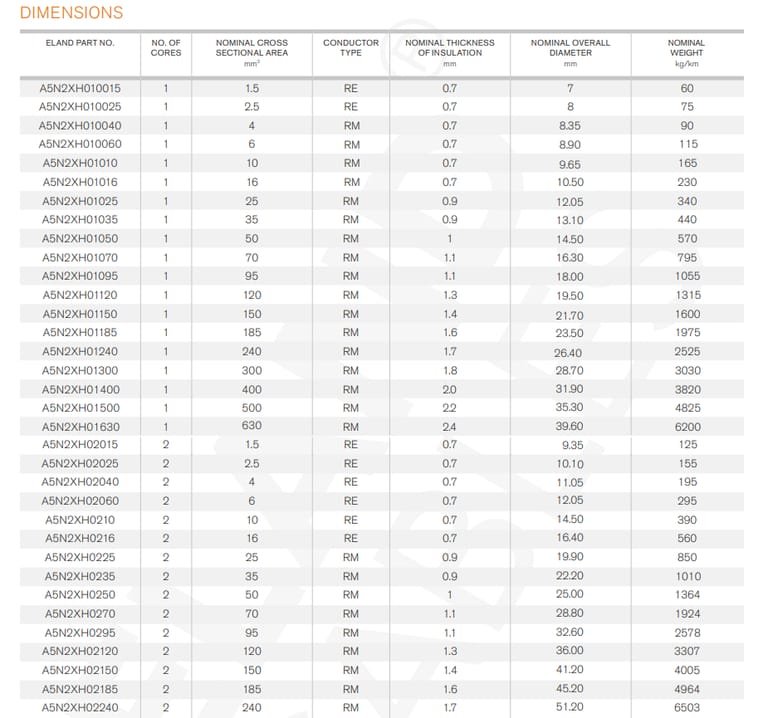
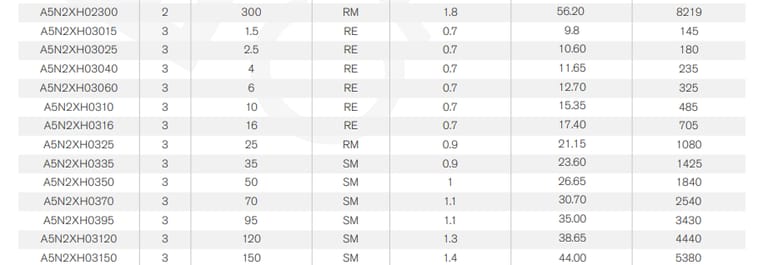
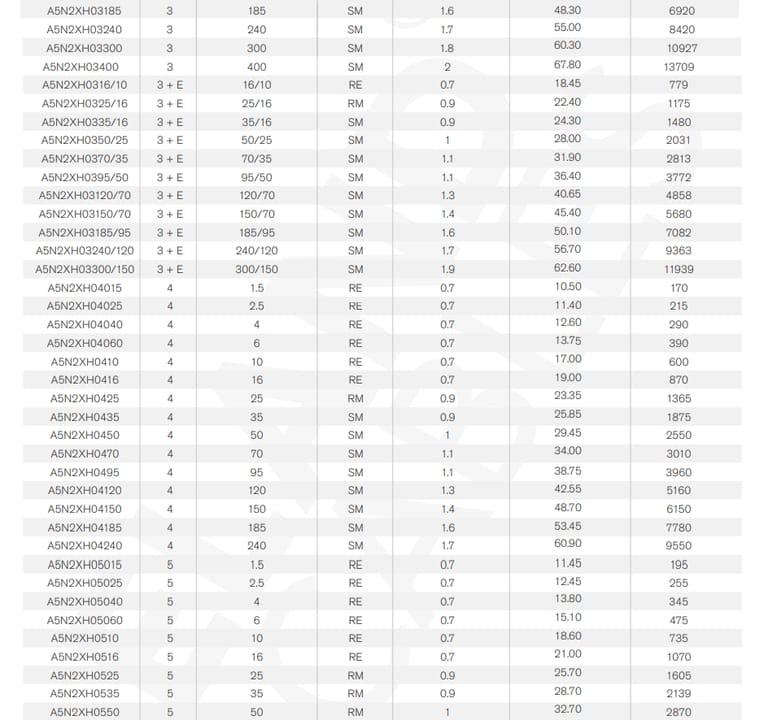

In-Depth Analysis: The Science Behind XLPE Insulation and FRNC Sheathing – Why They're Game-Changers for SA's Grid
Peel back the layers, and the N2XH's tech reveals why it's not just compliant but clever. XLPE insulation is a molecular marvel: polyethylene chains cross-linked via peroxides or silanes, creating a semi-crystalline structure that's 2-3 times more thermally efficient than PVC. Dielectric strength? Up to 20kV/mm, slashing the risk of partial discharges in humid, salty coastal air – think Durban's docks. Moisture? XLPE's low water absorption (under 0.5%) prevents treeing breakdowns, a common killer in buried cables exposed to our erratic rains.
Now, FRNC/LSZH sheathing: Halogens like chlorine in PVC release hydrogen chloride gas in fires, corroding everything and choking lungs. LSZH uses compounds like polyolefins with flame suppressants (alumina trihydrate), charring instead of flaming. Per IEC 60332-3-24, it passes Category C vertical tray tests – bundled cables burning less than 2.5m/min. Smoke? IEC 61034 limits optical density to 175 max; zero halogen means no acid rain in your escape route. In Mzansi, where informal settlements pack tight and factories run 24/7, this translates to lives saved – remember the 2023 Parliament fire? LSZH could've cut the chaos.
Economically, these features slash lifecycle costs. XLPE extends service life to 40+ years vs. PVC's 20-25, per IEC 60502-1. Installation? That 10x fixed bend radius means easier routing in tight mine shafts or solar arrays. Environmentally, it's UV-stable (EN 50396), resisting photodegradation that brittles lesser cables under our ozone-layer-thinned skies. Ozone resistance? It shrugs off EN 50396's 25% elongation loss limit, vital for outdoor trays near welders or motors.
But the real insight? In a load-shedding era, these cables enhance resilience. XLPE's high temp rating supports emergency overloads without derating, while LSZH mitigates fire risks from arcing faults – a boon as Eskom pushes wheeling under the 2025 amendments. Value for money? Initial premium (10-15% over PVC) pays off in zero downtime and theft deterrence – more on that later. Accessible takeaway: If you're speccing cables for a bakkie fleet or braai spot factory, N2XH isn't overkill; it's insurance against the next stage 6
Standards and Compliance: Bridging Global Benchmarks with Mzansi's Realities
No cable worth its copper ignores standards – and the N2XH nails them. IEC 60502-1 sets the global bar for 0.6/1kV XLPE cables, mandating 90°C conductor temp and 4kV AC test withstand. VDE 0276 Part 604 adds Euro rigor for NHX (halogen-free) types, while HD 604 S1 harmonises EU harmonised docs. Locally, it slots into SANS 1507 (equivalent to IEC 60502), ensuring NRS 047 compliance for distribution.
Flame and smoke? IEC 60332-3-24's bundle test simulates tray fires; passing means no propagation in multi-core runs. IEC 61034-2's light obscuration curve stays under 60% – critical for SA's high-rise mines or malls. Installation per IEC 60364? It covers design, erection, verification – think earthing via green/yellow cores to dodge shocks in wet Gauteng soils.
Insight: These aren't tick-boxes; they're lifelines. In a nation syncing with China's infra push (R100bn+ investments announced September 2025), compliant cables like N2XH ensure seamless integration, from Belt and Road solar ties to local REIPPPP bids.
Applications of N2XH Cables
Tailored for low-voltage systems, N2XH shines in underground industrial feeds – think conveyor belts in Rustenburg platinum mines or pump stations in Cape Town's vineyards. Fixed on trays? Its abrasion resistance laughs off vibrations. Conduits or walls? Bending ease seals the deal. In renewables, it links inverters to grids; in urban retrofits, it buries safely under pothole-prone streets.
With 2025's energy masterplan eyeing 30GW renewables by 2030s, N2XH's UV/ozone toughness fits rooftop PV or wind farm arrays. Valuable tip: For earth-inclusive configs (green/yellow core), it meets TN-S earthing, slashing fault currents in lightning-prone Limpopo.
Plugging into Progress
The N2XH IEC 60502-1 XLPE FRNC 0.6/1kV Cable isn't just copper and plastic; it's Mzansi's bridge to stable power. From theft-proof KZN lines to solar-spined Northern Cape, it's proving indispensable. Spec it right, and you'll braai under lights that stay on. Eish, what a spark!
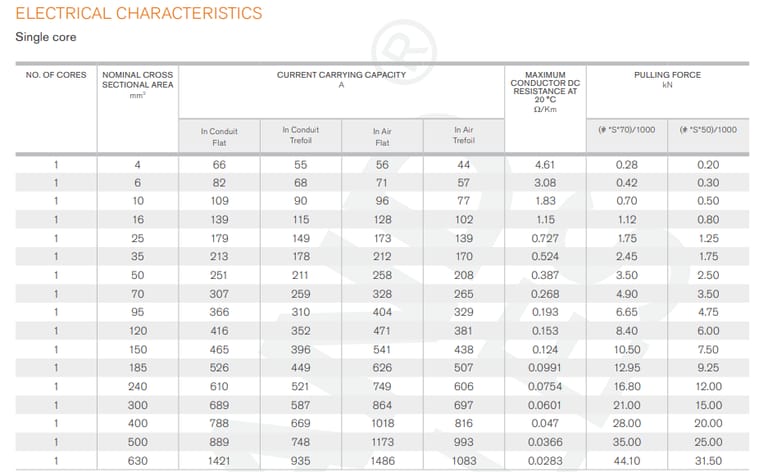
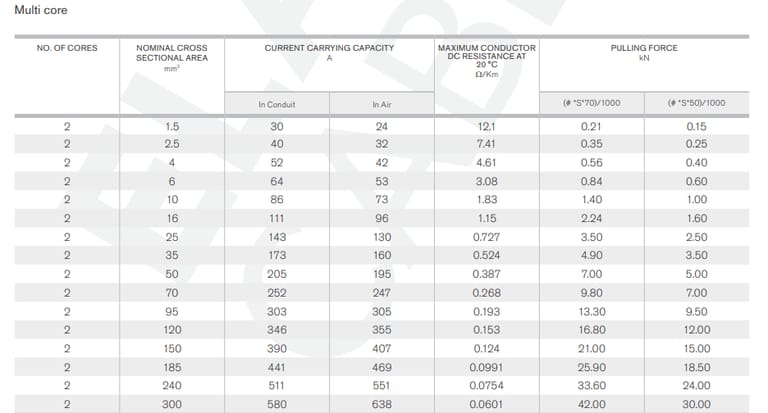
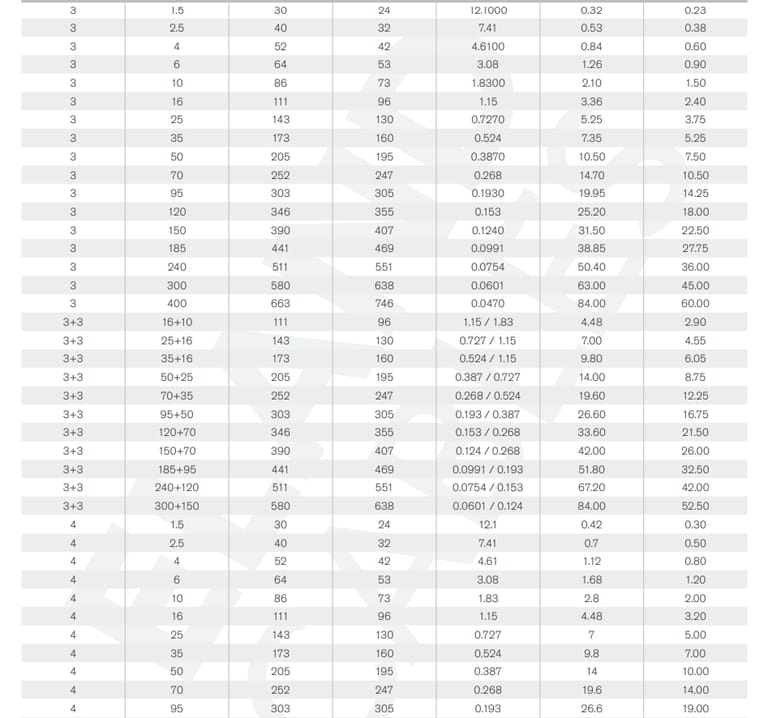

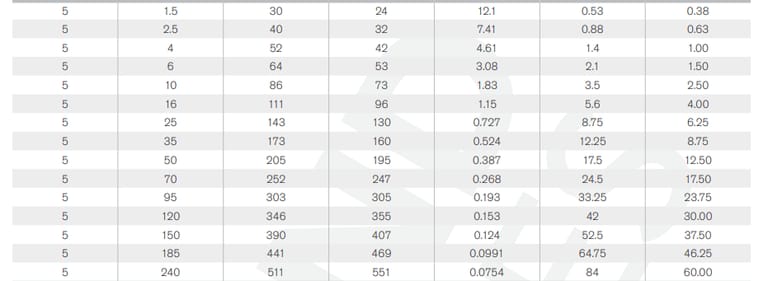

Email Address: Li.wang@feichuncables.com
© 2025. All rights reserved.


One-click to Quickly Contact
Products
Offshore & Marine Cable
XLPE Cable
Contact
Company
Location:
Building A Private Science and Technology Park, Hefei Economic and Technological Development Zone, Anhui Province, China
